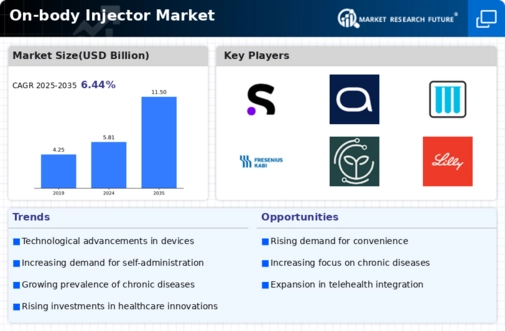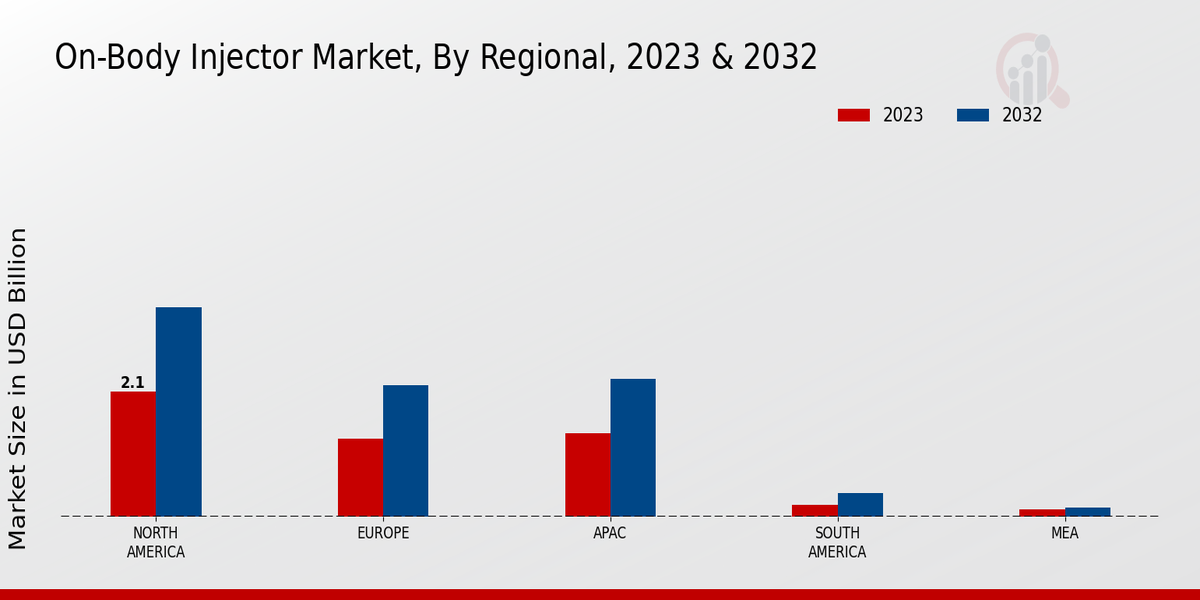The On-body Injector Market is witnessing significant growth, propelled by advancements in drug delivery technologies and increasing patient preference for self-administration of medication at home.
Key stakeholders within this market are placed in varying degrees of competition, vying to capture market share through innovative product development, strategic partnerships, and comprehensive marketing strategies.
The competitive landscape is shaped by the evolving needs of healthcare providers and patients, focusing on convenience, ease of use, and the precision of drug delivery systems. As pharmaceutical companies continue to invest in research and development, the market is likely to see a plethora of novel technologies that enhance not only patient experience but also adhere to stringent regulatory requirements.
Sanofi has established a noteworthy presence in the On-body Injector Market, leveraging its strong portfolio of pharmaceuticals and innovative drug delivery solutions. The company benefits from a well-respected reputation in the healthcare sector, enabling it to gain trust among patients and healthcare professionals alike.
Sanofi's strengths lie in its substantial investment in research and development aimed at enhancing on-body injector technologies and its focus on patient-centric designs that facilitate ease of use.
Moreover, Sanofi's global reach and extensive distribution channels enhance the accessibility and availability of its on-body injector products across different regions, further solidifying its competitive position in the market.
The company's collaborations with healthcare providers also foster innovation through real-world insights, leading to improvements in its product offerings while addressing the unique needs of patients requiring chronic disease management.
Abbvie, a prominent player in the On-body Injector Market also brings unique strengths to the competitive landscape. The company is renowned for its commitment to delivering innovative therapies and has made strategic investments in the development of on-body injectors capable of accommodating a diverse range of medications, including biologics.
Abbvie focuses on creating devices that not only offer efficient drug delivery but also enhance the overall patient experience through user-friendly designs. The company's well-established reputation and substantial resources enable it to conduct extensive clinical trials, ensuring its products meet the highest quality and efficacy standards.
Additionally, Abbvie's strong market presence is reinforced through collaborations with healthcare systems, which facilitate the introduction of their on-body injectors into clinical practice. This, combined with their ongoing dedication to understanding patient needs, enhances Abbvie's competitive standing in the evolving On-body Injector Market.












